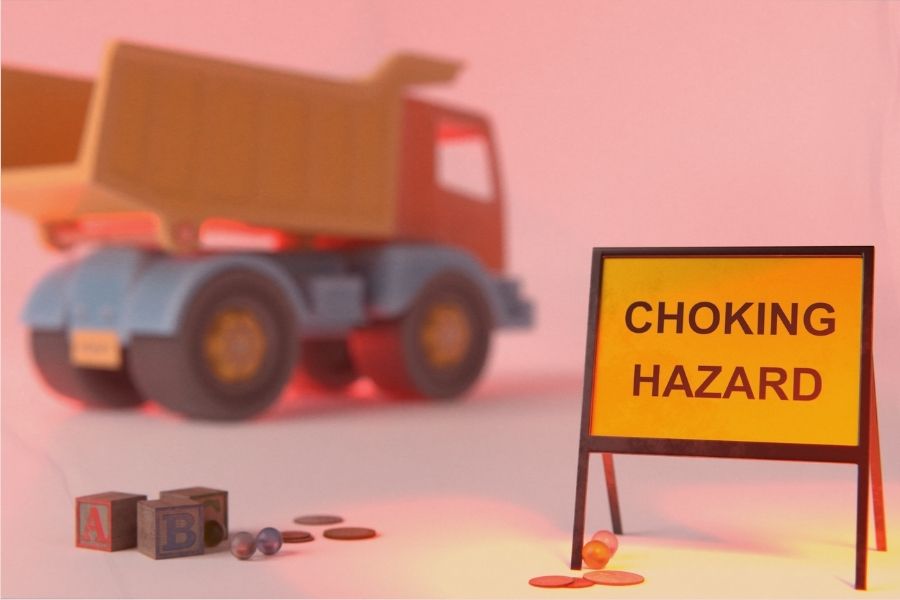According to the Centers for Disease Control and Prevention (CDC), bedsores occur in more than 1 in 10 residents in nursing homes. Bedsores involve damage to the skin and underlying soft tissue due to prolonged pressure that can develop quickly and can be difficult to treat. If not treated immediately, bedsores may cause serious health concerns.
With this in mind, it emphasizes the importance of preventing bedsores rather than treating them with surgery or other methods. Medical facilities should -and can be held responsible for these preventable wounds. If your loved one develops bedsores in a nursing home or assisted living, you should seek legal advice from one of our attorneys.
What are the causes of bedsores?
The human body is used to being in constant movement, even when one is sleeping. However, when someone goes under surgery, has a spinal cord injury, or illness that reduces mobility in seniors, movements are reduced.
The following are the most common main causes of bedsores in seniors:
- Pressure from sitting or lying too long without any movement shifted
- Shearing, which occurs when one’s body slides in a chair or bed so that the skin slides or pulls away from the supportive tissues below it; and
- Friction or rubbing, which can occur during transfers, such as when the one’s body is dragged over bedsheets
What are the signs and symptoms of bedsores?
Some of the most common signs and symptoms of bedsores include:
- Swelling
- A foul odor
- Pus-like drainage
- Tender areas
- An area of skin that is red and feels cooler or warmer to the touch than other areas.
The good thing is that bedsores are preventable by moving the patients regularly. Nursing homes are required to reposition bedridden patients every two hours to prevent bedsore.
When you first bring your loved one to a nursing home, an assessment is done to evaluate the resident’s risk for developing bedsores. If the residents at risk of developing bedsores, the resident’s care plan should include bedsore prevention, with a plan that addresses the considerations such as the resident’s hydration, hygiene, and nutrition.
Who is at risk of developing bedsores?
People who are paralyzed or have severe mobility issues may be unable to move even subtly to allow increased blood flow to compressed areas. With this in mind, seniors with limited mobility are most likely to develop bedsores because of the thinning of the skin, loss of elasticity, and becoming more fragile with age. In addition, perspiration from a fever or moisture from incontinence issues can also make senior skin weaker and more prone to irritation.
High-risk areas include:
- Ankles
- Back of the bead
- Heels
- Lower back
- Hips
- Knees
- Spine
What are the complications of bedsores?
Bedsores progress rapidly without the appropriate care and can take days, months, or years to heal. In addition, there is a chance of it becoming infected, causing fevers and chills. If the infection were to spread through your body, it might cause mental confusion, generalized weakness, and a fast heartbeat.
Stages of bedsores
Bedsore can develop through different stages if not properly treated. It is important to recognize what stage your loved one is in if you plan on pursuing a lawsuit. The different types of bedsore stages include:
- Stage I bedsores: may not be an open wound, but it may be painful. The area of the skin is discolored and warm to the touch. It may appear red on seniors with lighter skin or purplish-blue on seniors with darker skin. Stage 1 bedsores will often disappear with regular repositioning and pressure relief.
- Stage II bedsores: Skin may be opened, wears away, or forms an ulcer which can be tender and painful. Sometimes this stage looks like a blister filled with clear fluid. Someone with a stage 2 bedsore may feel serious pain or discomfort.
- Stage III bedsores: Bedsore gets worse and may show fatty tissue but not bone or muscle. The sore may have a foul odor, pus, red edges, drainage, and heat at stage three. If the tissue around the sore is black, that means it is dead tissue. At this stage, it will take the sore at least a month to heal and may require up to four months to fully heal.
- Stage IV bedsores: Very deep, and muscle or bone may become exposed, causing significant risk for serious infection. Signs include bad odor, pus, red edges, drainage, and heat. In addition, muscles, tendons, and even bone may be visible. Someone showing signs clear signs of stage four will require immediate medical care. In some cases, surgery or amputation of the affected area may be necessary. At this stage, it may take anywhere from a few months to a few years to heal.
In addition, other complications include:
- Cancer: chronic sores can develop into squamous cell carcinoma, a type of cancer that almost always requires surgery.
- Joint/Bone infections: These types of infections develop after burying themselves deep into pressure sores.
- Cellulitis: Cellulitis is an inflammation of connective tissues that can infect victims of bedsores. If cellulitis occurs, victims may develop into meningitis, affecting the fluids surrounding the spinal cord and brain.
- Sepsis: Sepsis occurs when bacteria enter the victim’s bloodstream via open pressure sores. Instead of fighting the bacteria off, the body turns on itself that can quickly spread throughout the body resulting in life-threatening organ failure and other issues.
What are some forms of damages I can recover in bedsore cases?
You may be able to recuperate damages for the following things:
- Economic damages: These are financial damages that may include lost wages or pocket expenses. Medical bills and lost income from missing work would be two prime examples.
- Non-economic damages: Pain and suffering can reduce your quality of life, temporarily or permanently. You may be able to get compensated if you can prove that you have suffered because of bedsore.
- Punitive damages: If it is evident that the defendant was particularly malicious, the jury may choose to award punitive damages as punishment for the defendant as well as a deterrent for everyone else.
- Wrongful death damages: If it is evident that the bedsores contributed to the victim’s death, the victim’s heirs or estate may receive damages for the loss of that person, as well as for things like funeral expenses.
Here at The Carlson Law Firm, we can help
If your loved one has developed and is suffering from bedsores, contact our office today to schedule a free consultation to discuss your legal options. It is important to hold nursing homes accountable for the effects of their neglect of our loved ones. We care, and we can help.




